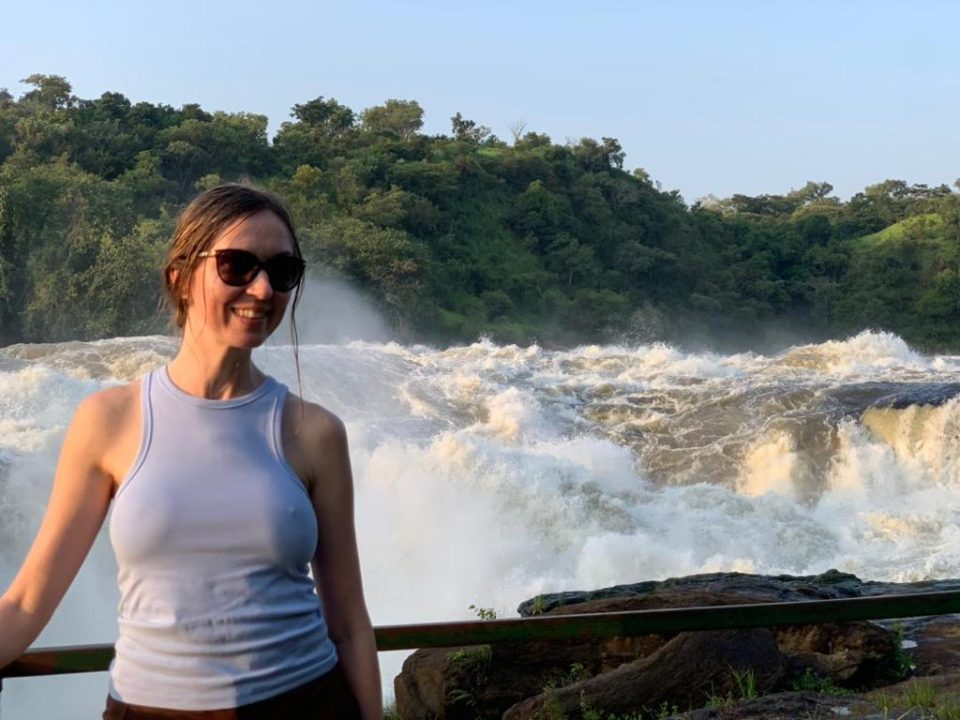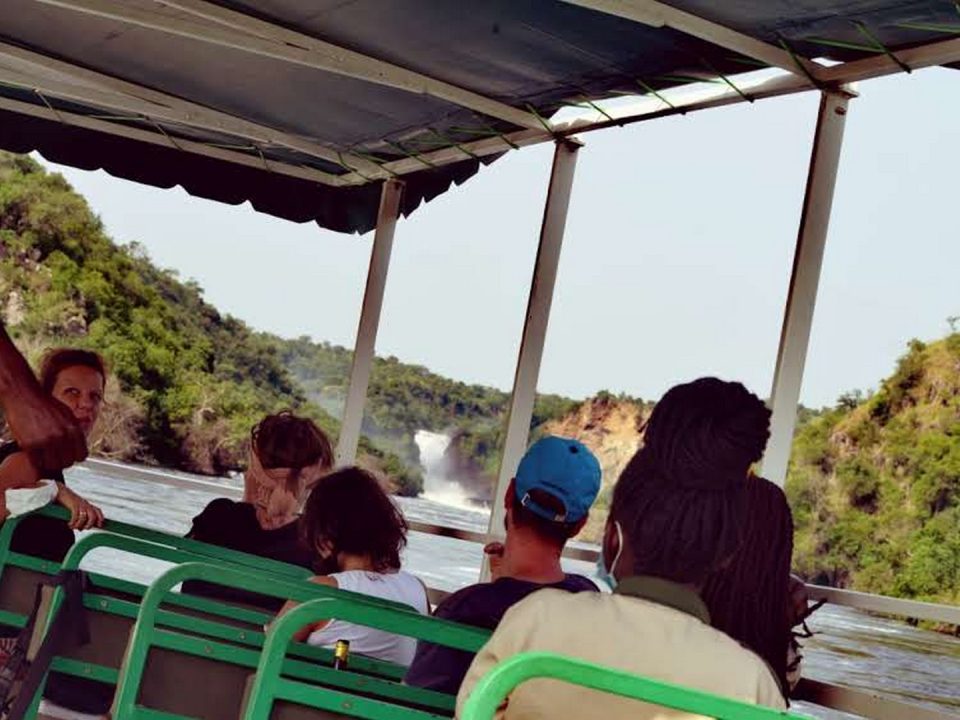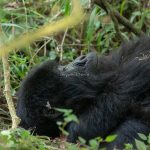How Hard is Gorilla Trekking in Uganda?
Gorilla trekking in Uganda is one of the most sought-after and unforgettable wildlife experiences on the planet. It offers travelers the rare opportunity to come face-to-face with mountain gorillas in their natural habitat within the dense, mist-covered forests of Bwindi Impenetrable National Park and Mgahinga Gorilla National Park. However, the question many potential trekkers ask is: How hard is gorilla trekking in Uganda? This is an important consideration as the trek can be physically demanding, and preparation is key to ensuring a safe and enjoyable adventure. In this detailed guide, we explore the challenges of gorilla trekking and provide insight into the factors that make it a physically demanding yet rewarding experience.
The Terrain: Navigating Uganda’s Rainforests
One of the primary factors that determine the difficulty of gorilla trekking in Uganda is the terrain. Both Bwindi Impenetrable National Park and Mgahinga Gorilla National Park are located in rugged, mountainous regions, with steep slopes, thick vegetation, and dense rainforests. The trails through these forests are often narrow, muddy, and uneven, which can make trekking challenging. The terrain varies depending on which gorilla group you are trekking to, as these magnificent animals can move frequently and settle in different parts of the park.
In general, trekkers can expect to traverse steep, hilly terrain that can be slippery and difficult to navigate, especially after rainfall. The altitude can also add to the challenge. Bwindi, for example, is situated at an altitude of around 1,190 meters (3,900 feet) to 2,600 meters (8,530 feet), and Mgahinga sits at higher elevations. For some, these high altitudes may lead to fatigue, especially if they are not accustomed to mountainous environments.
The Length of the Trek: A Physical Challenge
The duration of a gorilla trek can range from a relatively short 30 minutes to a strenuous 8 hours, depending on the location of the gorilla group. On average, trekkers spend about 2 to 4 hours trekking through the forest before reaching the gorillas, but this can vary. The trek can involve considerable physical effort, particularly if the gorillas are in a remote or difficult-to-reach area.
For those who are less physically fit or have limited mobility, the trek can be more demanding. While the pace is generally moderate, it is not unusual for trekkers to have to scramble over rocky surfaces, climb hills, and wade through thick undergrowth. During the rainy season, the conditions can become even more difficult, as trails become slippery and muddy, which can significantly slow the pace.
The Weather: A Factor in Difficulty
Uganda’s tropical climate means that the country experiences a high level of rainfall throughout the year, particularly during the rainy seasons from March to May and October to November. These wet months can make the trails much more challenging to navigate, as the forest floor becomes boggy, and the trails become slippery. Even during the dry season, the trails can still be muddy and slick, particularly if it rains unexpectedly.
However, the weather can also play a role in the overall experience of the trek. The humidity and warmth, especially in the wet season, can make the trek feel even more exhausting. It’s essential to be prepared for these changing weather conditions by wearing appropriate clothing, bringing waterproof gear, and staying hydrated throughout the trek
The Fitness Requirements: Preparing for the Trek
Gorilla trekking requires a moderate level of physical fitness, and while it does not demand professional-level hiking skills, trekkers should be in good health. A general fitness level that allows you to hike for several hours over uneven terrain will greatly improve your experience.
It’s not necessary to be an experienced hiker, but if you have not engaged in regular physical activity, it is highly advisable to prepare for the trek by walking or hiking regularly before your trip. This will help you build endurance and ensure that you are physically ready for the demands of the trek. Although porters are available for hire, and park rangers will assist in guiding you through the forest, having a solid fitness base will make the experience more enjoyable and less physically taxing.
The Mental Aspect: Patience and Focus
Gorilla trekking is as much a mental challenge as a physical one. The forest can be disorienting with its dense vegetation, and trekking through the jungle requires patience and focus. The experience is not a “quick in-and-out” adventure. It requires mental fortitude, as you may need to walk for several hours before encountering the gorillas. There is also the mental strain of navigating through tricky terrain while being constantly aware of your surroundings.
Furthermore, after reaching the gorillas, trekkers are allowed to spend only one hour with the gorilla family. This hour is precious, so staying alert and focused to capture the magic of the moment is essential. It’s also important to note that some gorilla groups may be more difficult to track than others, which can add to the unpredictability and challenge of the trek.
The Role of Guides and Porters: Support Along the Way
The good news is that gorilla trekking is not something you have to do alone. Park rangers, trackers, and porters play a critical role in assisting trekkers. The park rangers are highly experienced and familiar with the gorillas’ movements, which helps ensure that you are directed towards the correct gorilla family. They also assist trekkers with navigating the trails and can provide information about the forest’s flora and fauna.
In addition to rangers, trekkers have the option of hiring porters who can help carry personal belongings and provide physical assistance along the way. Porters are particularly helpful for those who may be struggling with the physical demands of the trek, as they can provide extra support and encouragement. While hiring a porter is optional, many travelers find it to be a great way to enhance their trekking experience.
The Reward: An Unforgettable Experience
While the physical demands of gorilla trekking can make it seem like a challenging endeavor, the reward is an experience that is well worth the effort. The opportunity to see mountain gorillas in their natural habitat is a rare and incredible privilege. The trek itself becomes a journey into the heart of Africa’s rainforests, filled with extraordinary views, diverse wildlife, and an unmatched sense of adventure.
For many, the challenges of the trek fade into the background as they encounter the gorillas. Whether it’s the sight of a silverback watching over his family or a playful young gorilla swinging from the trees, the experience is nothing short of magical.
Conclusion: Is Gorilla Trekking Hard?
In conclusion, gorilla trekking in Uganda can be physically demanding, but it is not an impossible feat. With proper preparation, a reasonable level of fitness, and the support of experienced guides and porters, most people can enjoy this once-in-a-lifetime adventure. The terrain, weather, and duration of the trek all contribute to the difficulty, but the rewards far outweigh the challenges. At Deks Safaris & Tours Ltd., we are committed to helping you prepare for your trek, ensuring that it is a safe, enjoyable, and unforgettable experience. With the right mindset, physical preparation, and support, the trek to see the gorillas will undoubtedly be one of the most incredible moments of your life.






